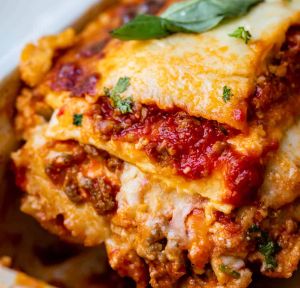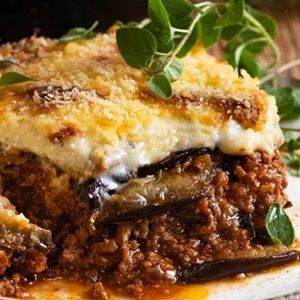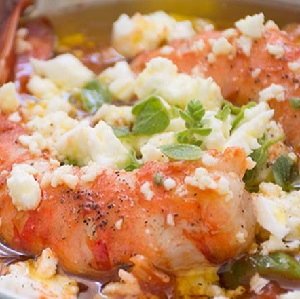
Mama Santelli's Recipes
Mama has included over sixty recipes from the traditional cuisine of countries bordering the Mediterranean Sea. The recipes are rich in fruits, vegetables, whole grains, beans, nuts, seeds, and olive oil, with moderate amounts of fish, poultry, eggs, and dairy, and limited red meat and sweets. Change these recipes to meet your nutritional needs or create your own. Most of all have fun...
"Se cresce vicino al mare e la tua Nonna riesce a pronunciarlo, puoi cucinarlo!" — Mama
Mama's Cookbook
▸Over 60 Mediterranean recipes to choose.
▸Create and share your own recipes.
▸Cut and paste your favorite recipes.
▸Per‑recipe ingredients nutrition summaries.
▸Measure in Standard, Imperial, or Metric.
▸Single‑serving nutrition values.
▸Swap ingredients to lower salt, sugar, fat etc.
▸Import and export recipes and create menus.
▸Embedded database for unlimited recipes.
▸Available on the Microsoft store.
All this for $9.95 the price of a magazine or a Venti Matcha Crème Frappuccino.
Psst — try one of Mama recipes below.
Overview
Knowing how to interpret nutrition facts is crucial to maintaining a healthy diet. Ignoring nutrition facts may lead to significant over consumption of calories, added sugar, carbohydrates, and other nutrients. That’s why Mama provides information about each recipe’s composition and helps you identify ingredients you prefer to avoid or change.
Compare & Customize
The line‑by‑line ingredients list lets you compare similar options — choose less sodium or added sugar, or more fiber and protein. Tracking specific nutrients for diabetes or heart health? Use the list to manage your intake.
Share your recipes with friends and family and create daily menus.
Mindful Portions
Each recipe provides a single‑serving nutrition list, so 100 calories means 100 calories for you, not for the five servings hiding in the package.
Recipe ingredients can be entered in standard, UK, or metric measurements.
Mama hates surprises… unless it’s a birthday.

Lasagna
Different regions of Italy developed their own distinct versions. The dish known as lasagne al forno, with its signature ragù, béchamel sauce, and Parmigiano-Reggiano, comes from the region of Emilia-Romagna

Moussaka
Although moussaka is famous as a Greek national dish, it was not invented in that country. A mediaeval cook book suggests that moussaka originated in the Levant. It contains a musakhkhan recipe similar to that of moussaka.

Prawns Saganaki
It features large prawns cooked in a spicy tomato sauce with peppers, feta cheese, and oregano. A classic Greek dish named after the sagani (a small, two-handled frying pan) in which it's cooked.